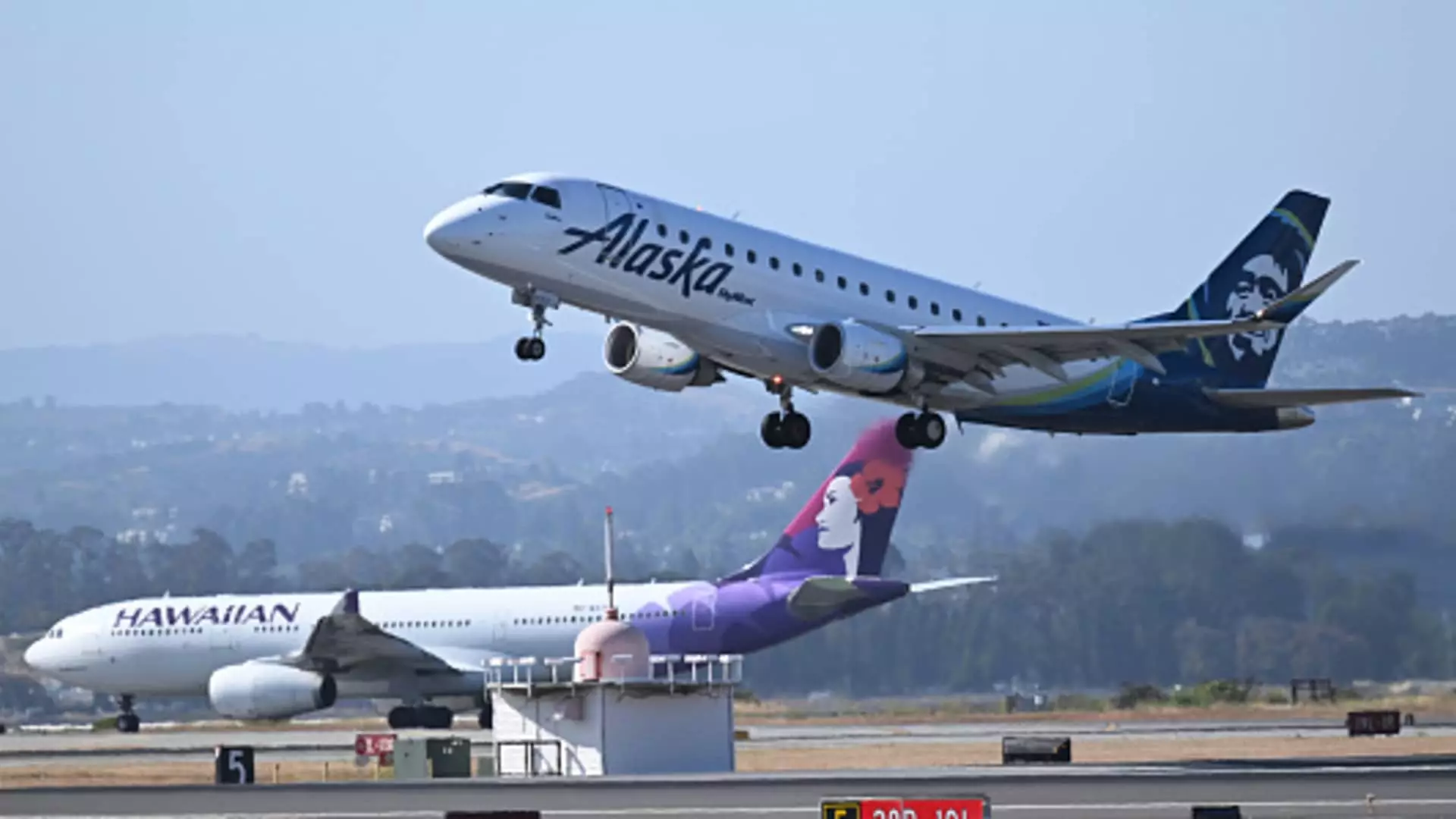Alaska Airlines recently announced that its plan to acquire Hawaiian Airlines has successfully cleared the U.S. Justice Department. This comes after the antitrust regulators completed their investigation of the deal without filing a lawsuit to block the merger. The $1.9 billion agreement between the two carriers was announced eight months ago, marking a significant step towards consolidation in the airline industry. Now, both airlines await approval from the U.S. Transportation Department before the deal can be finalized.
While the clearance from the U.S. Justice Department is a positive development, the timeline for approval from the U.S. Transportation Department remains uncertain. The completion of this process is crucial for the merger to proceed smoothly. The combination of Alaska Airlines and Hawaiian Airlines would mark the largest merger between U.S. carriers since Alaska’s merger with Virgin America in the past decade. The regulatory process plays a key role in ensuring that the merger is in compliance with antitrust laws and benefits consumers in the long run.
Hawaiian Airlines had faced several challenges in the months leading up to the agreement with Alaska Airlines. Factors such as the Maui wildfires, increased competition from Southwest Airlines, and slower recovery of travel to and from Asia due to the Covid-19 pandemic have impacted Hawaiian’s financial performance. The airline has incurred net losses in most quarters since 2020, reflecting the challenges faced by the industry as a whole. Despite these obstacles, Hawaiian’s executives have noted a positive trend in booking trends, indicating signs of improvement in the company’s outlook.
Future Plans for the Merger
Upon announcing the merger, both Alaska Airlines and Hawaiian Airlines emphasized their commitment to maintaining each carrier’s brand identity while operating under a unified platform. The merger would result in a fleet of more than 360 aircraft serving over 130 destinations, offering customers a wider range of travel options. By combining resources and networks, the airlines aim to enhance their competitiveness in the market and provide a seamless experience for passengers. As the merger moves towards completion, stakeholders will be closely monitoring the progress and impact of this strategic alliance on the aviation industry.

